new to gardening with a disability
susan30813
15 years ago
Related Stories

EVENTS20 Innovative Dollhouses for a Good Cause
Prominent architects scale down for charity, creating dollhouses to be auctioned off to help kids with disabilities
Full Story
CONTAINER GARDENSContainer Garden Basics: How and When to Water Potted Plants
Confused about soil moisture, the best time to water and what watering device to use? This guide can help
Full Story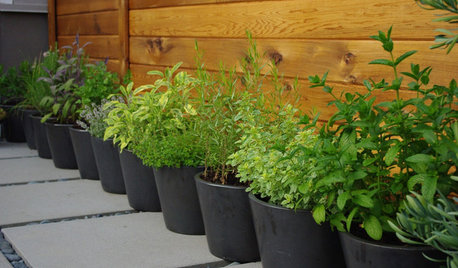
GARDENING GUIDES4 Herb Container Gardens for Fabulous Global Cuisine
Tingle your taste buds with the unbeatable taste of fresh herbs in your Italian, Asian, Mexican or French fare
Full Story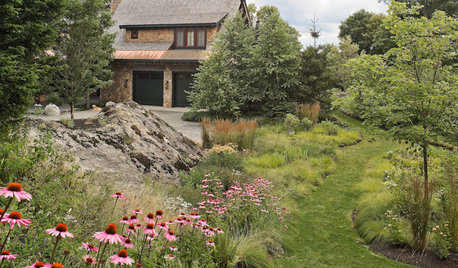
GARDENING GUIDES13 Risks to Take for True Garden Rewards
Go ahead, be a rebel. Breaking rules in the garden can lead to more happiness, creativity and connection with the earth
Full Story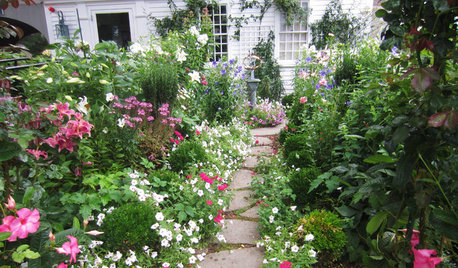
GARDENING AND LANDSCAPINGLay of the Landscape: Cottage Garden Style
Informal and vibrant, cottage gardens charm with their billowy abundance. These tips help you bring the look to your own landscape
Full Story
GARDENING FOR BUTTERFLIESGardening for the Bees, and Why It’s a Good Thing
When you discover how hard bees work for our food supply, you may never garden without them in mind again
Full Story
GARDENING GUIDES7 Ecofriendly Gardening Ideas That Also Cut Chore Time
Spend less time weeding, less money watering and more moments just sitting back and enjoying your healthy garden
Full Story
WINTER GARDENING6 Reasons I’m Not Looking Forward to Spring
Not kicking up your heels anticipating rushes of spring color and garden catalogs? You’re not alone
Full Story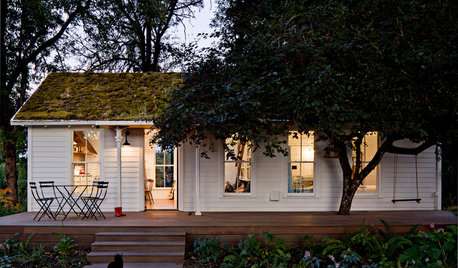
SMALL HOMESHouzz Tour: A Family of 4 Unwinds in 540 Square Feet
An extraordinarily scaled-down home and garden for a couple and their 2 kids fosters sustainability and togetherness
Full Story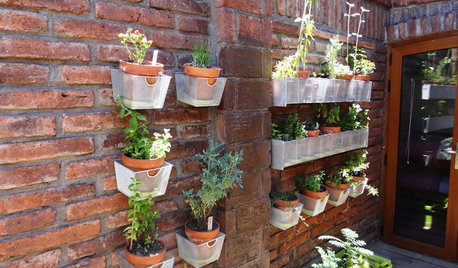
EDIBLE GARDENSHouzz Call: Where Are the Craziest Places You Grow Edibles?
Basil in a bathtub, spinach stacked up a wall ... If your edibles occupy an odd spot, we’d like to know
Full StoryMore Discussions







valentinetbear
vetivert8
Related Professionals
Beavercreek Landscape Architects & Landscape Designers · Horsham Landscape Architects & Landscape Designers · South Elgin Landscape Architects & Landscape Designers · Tomball Landscape Architects & Landscape Designers · Wheeling Landscape Architects & Landscape Designers · Surprise Landscape Contractors · Bridgeview Landscape Contractors · Dallas Landscape Contractors · Downey Landscape Contractors · Ellensburg Landscape Contractors · Hilton Head Island Landscape Contractors · North Chicago Landscape Contractors · Petaluma Landscape Contractors · Teaneck Landscape Contractors · Uxbridge Landscape Contractorsgoldcoastkid
susan30813Original Author
vetivert8
Belgianpup